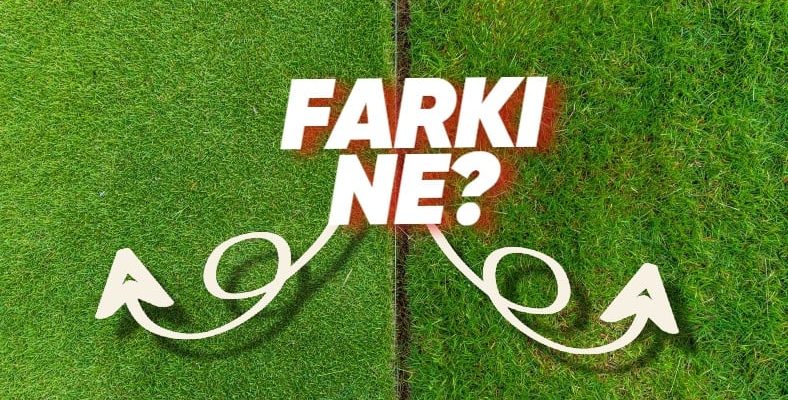Hybrid grass, which is becoming increasingly widespread, is also gaining popularity in our country. So what exactly does this hybrid grass do, what are its features and why is it preferred? Which stadiums are there in our country?
We don’t know if you’ve heard of hybrid grass before, but on international football fields the grass you see; You have probably noticed that there is a difference, that it is not the natural grass you see in parks and gardens.
Hybrid grass, which you encounter especially on football fields, has many differences compared to natural grass and From the quality of the game It provides many advantages, including the health of the player.
What exactly is the hybrid grass that we encounter especially on football fields?
Hybrid grass or as it is also known hybrid grass, It is a special type of grass created by combining natural grass and synthetic fibers (polyethylene, polypropylene). Sometimes the fibers are obtained by sewing them into natural grass, and sometimes artificial grass carpet is laid on top of the natural grass.
Usually the new generation on professional football fields Hybrid grass, which is widely used in stadiums where large events are held, of course has many differences from natural grass. Before moving on to these differences, let’s look at what their functions are.
What is the use of hybrid grass, which combines technology and nature?
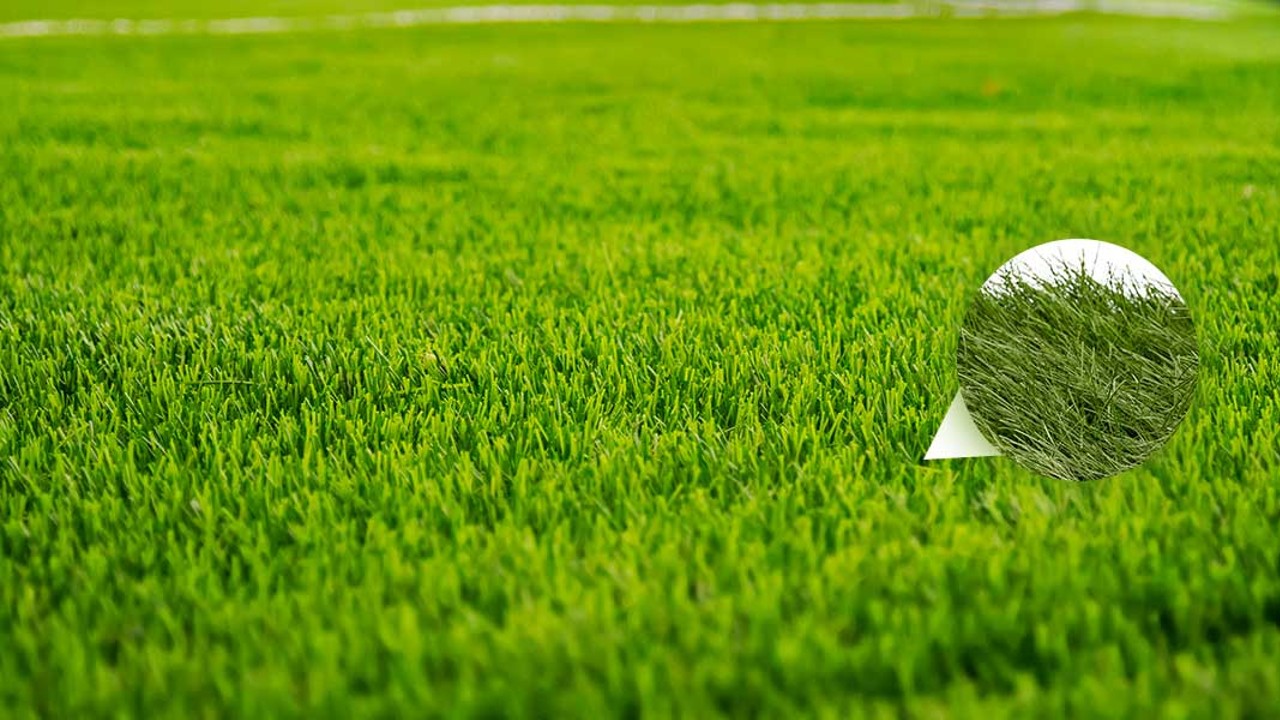
hybrid grass, in heavily used areas While contributing to durability, it also ensures that the visuality of natural grass is not sacrificed. In addition, of course, players also have goals regarding their performance.
For example, it greatly reduces the slipperiness on the ground in rainy weather conditions and contributes to factors affecting performance such as friction, slip resistance, foot stability and rolling resistance.
Features of hybrid grasses: Science lies beneath their roots!
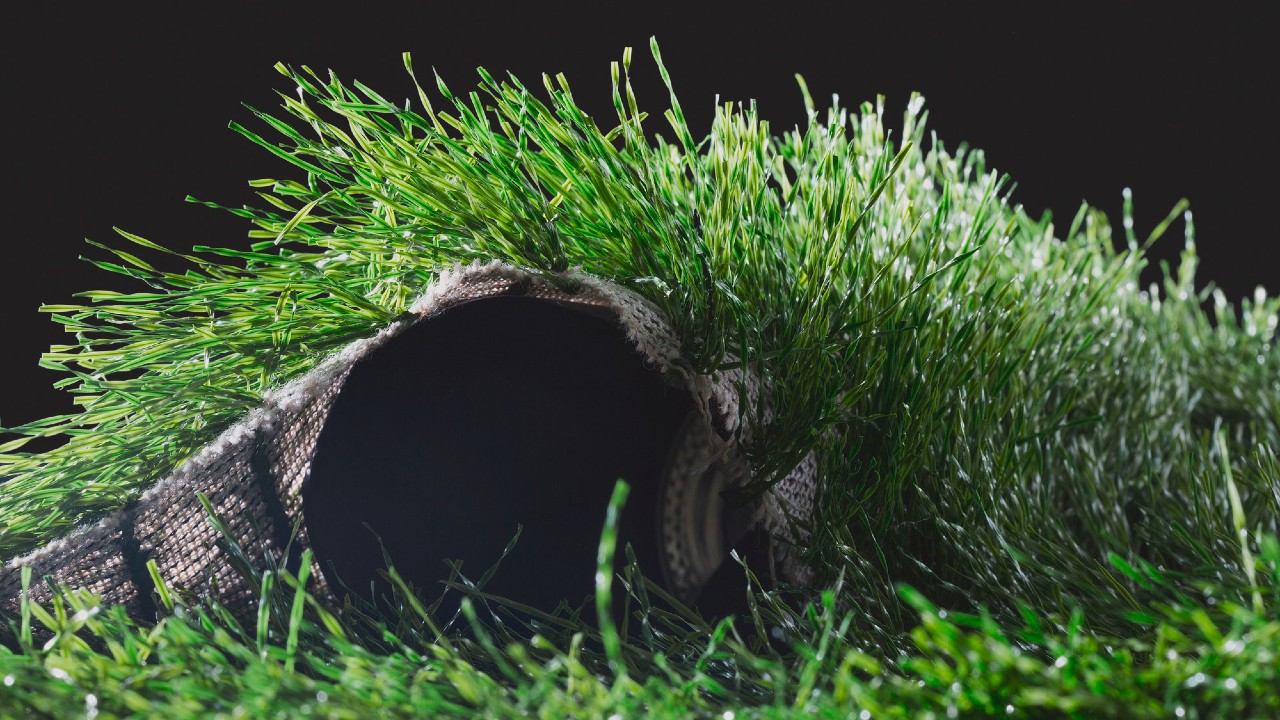
Grass roots in the upper layer of the ground penetration resistance makes a great contribution. Strengthening effect of basal roots; The high root density in the upper part of the soil and the tensile strength of the roots play an important role in providing this resistance to the grass roots.
When the nail on the players’ cleats interacts with the root, the soil material under this nail, in upward and horizontal directions moves. The tensile strength of the roots reduces the horizontal displacement we mentioned. The synthetic material of hybrid grass does not shift the soil even if the natural grass material of the system wears out.
If we list the advantages of hybrid grass:
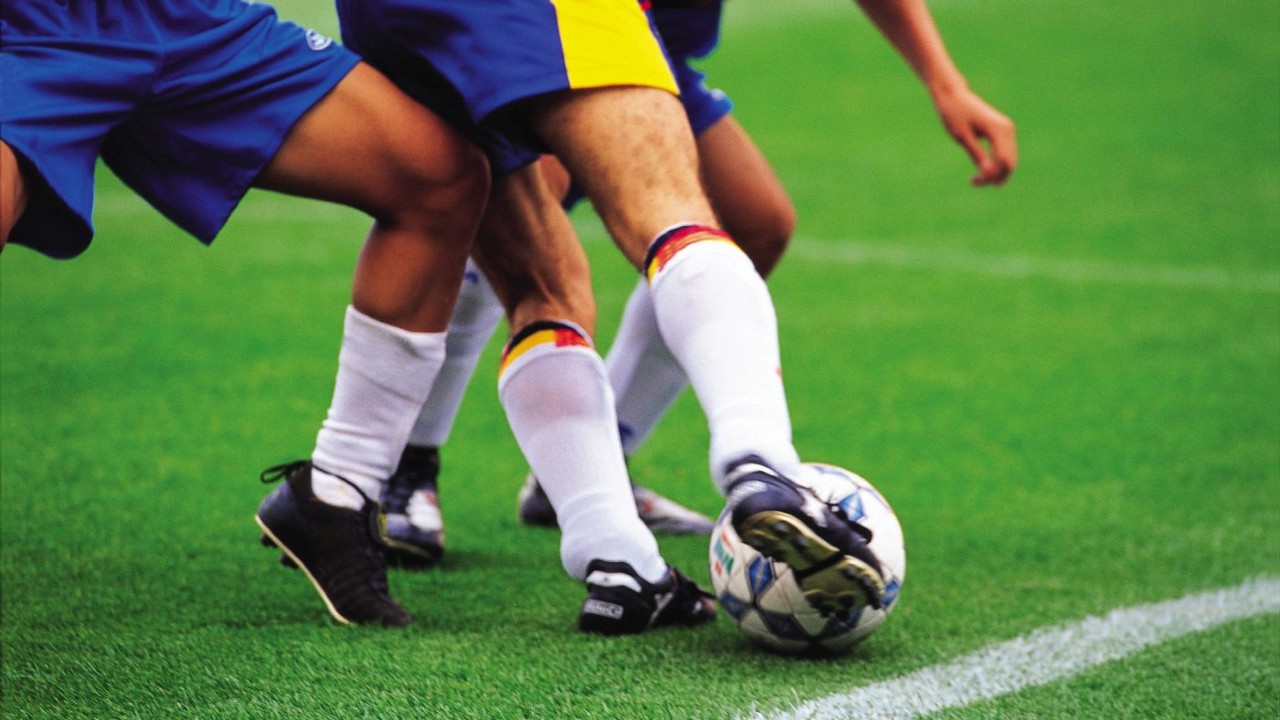
- damaged areas can be easily changed.
- The damaged parts are less severe than natural grass. can be easily repaired.
- against wear It is durable.
- Ball, It holds better on the ground and in this way, the performance of football players increases.
- Because it is UV resistant does not fade from the sun.
- in the long run little expense takes it out.
- It contributes to the players’ balance.
- seasonal changes It is resistant to.
- It provides players with a softer surface than natural grass. reduces the risk of injury.
- In winter months It does not cause freezing.
- color change It allows.
- Thanks to its root structure Grass breaking is prevented.
- Above No puddles occur.
- It is green throughout all four seasons.
- to large areas It can be easily applied and can be preferred both in the game and training areas.
What are the differences between natural grass, which we can see step by step, and hybrid grass, which is only found in special places?
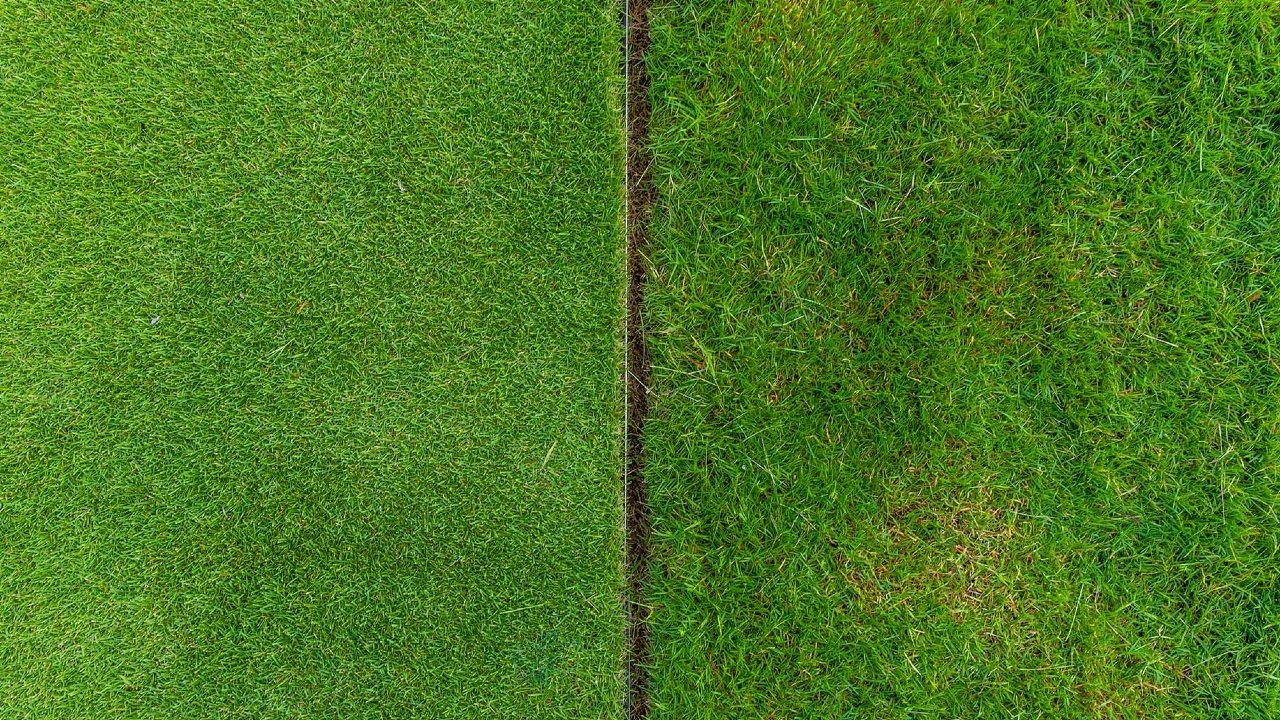
Natural grass is different in structure compared to hybrid grass. is less durable and regular maintenance needs such as mowing, watering and fertilizing. Although hybrid grass may seem costly in the short term, it costs much less in the long term.
The most important difference is in game performance and injury risk. Soft and tidy Hybrid grass with a surface automatically reduces the risk of injury.
Hybrid grass is capable of up to 1000 hours of play per year. Properly maintained artificial grass, at least up to 10 years available. In contrast, the lifespan of natural grass is almost half of this amount.
Examples of stadiums using hybrid turf around the world:
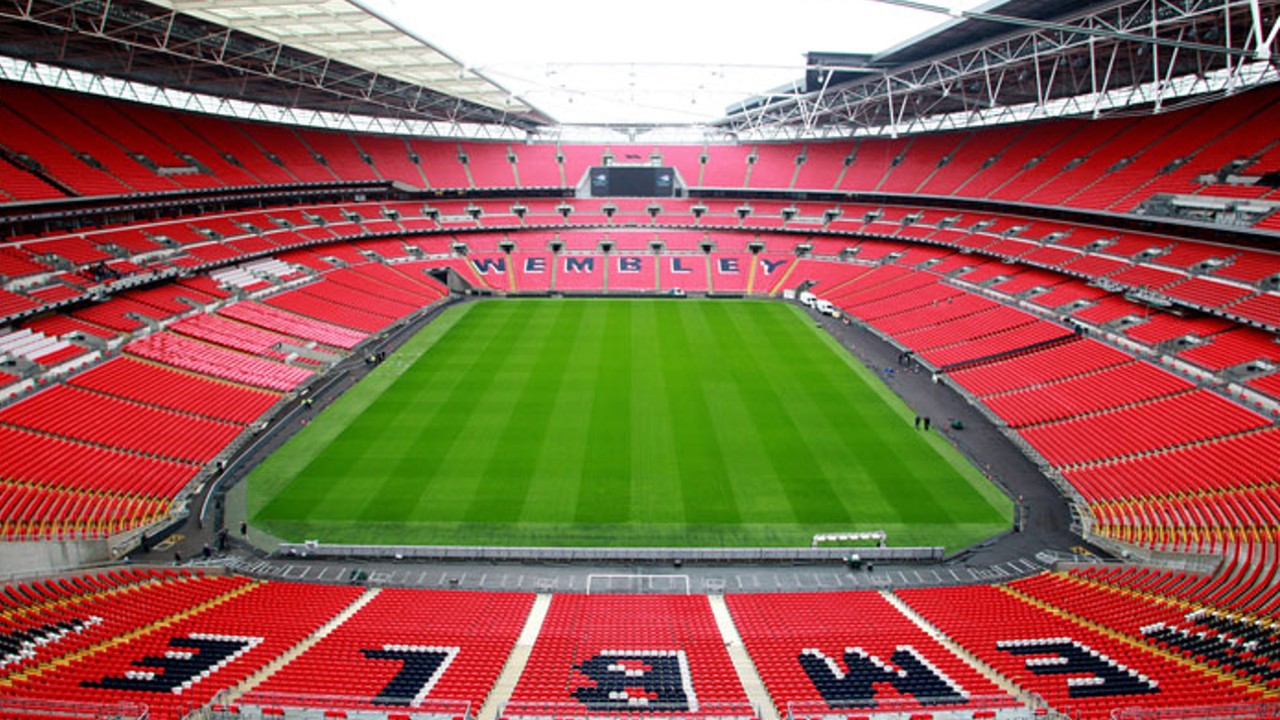
- San Siro (Italy)
- Wembley (England)
- Camp Nou (Spain)
- Aztec Stadium (Mexican)
- Ibrox (Scotland)
- monumental (Argentina)
- Tottenham Hotspur (England)
- Signal Iduna Park (Germany)
- Maracana (Brazil)
- La Bombonera (Argentina)
So, in which fields in Turkey do you think this hybrid grass is used? Here are some examples:
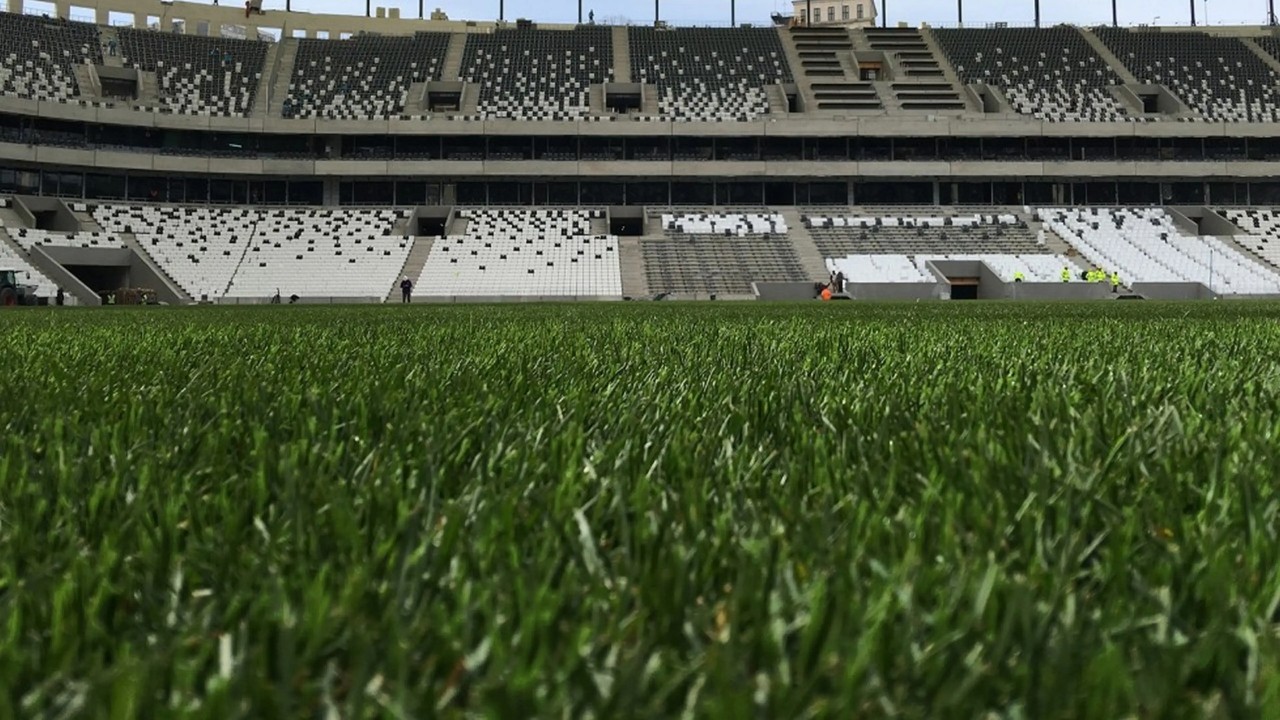
- Ülker Stadium (Fenerbahce)
- Tüpraş Stadium (Beşiktaş)
- RAMS Park (Galatasaray)
- Papara Park (Trabzonspor)
- Spor Toto Akhisar Arena (Akhisarspor)
Mostly preferred in international arenas hybrid grass, It is also used in the stadiums listed above in our country. Apart from the fields we have listed, it cannot be said that the football fields in our country are very good. Unfortunately many injury and poor performance It can cause We look forward to the increase in the number of clubs carrying out turf field projects and their spread to all fields!
Our other content that may interest you:
RELATED NEWS
What is this special drink that football players drink before the match? He Even Drinks Icardi!
RELATED NEWS
Basketball Players Removing Insoles When Giving Their Shoes to Their Fans “Oh, That Makes Sense!” Reasons That Make You Say
RELATED NEWS
Former Football Player Who Paid the Consequence of a Small Negligence by Staying in a Coma for 39 Years: Jean Pierre Adams
RELATED NEWS
